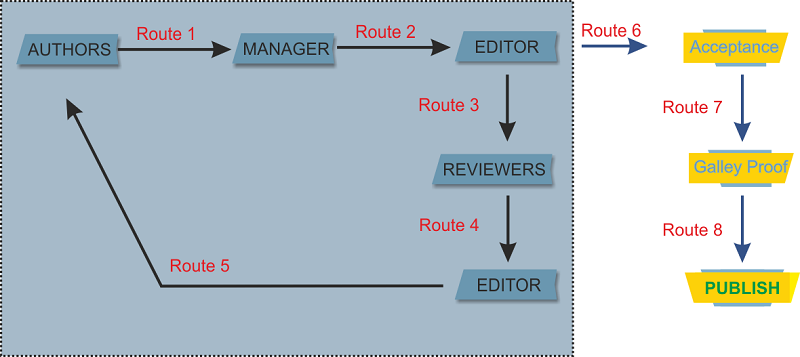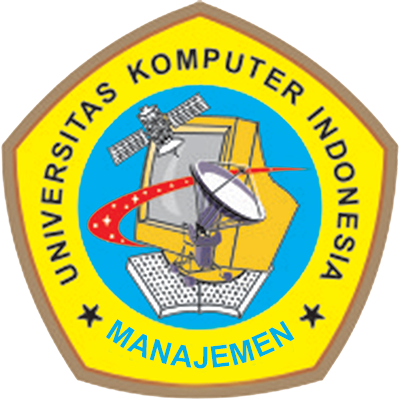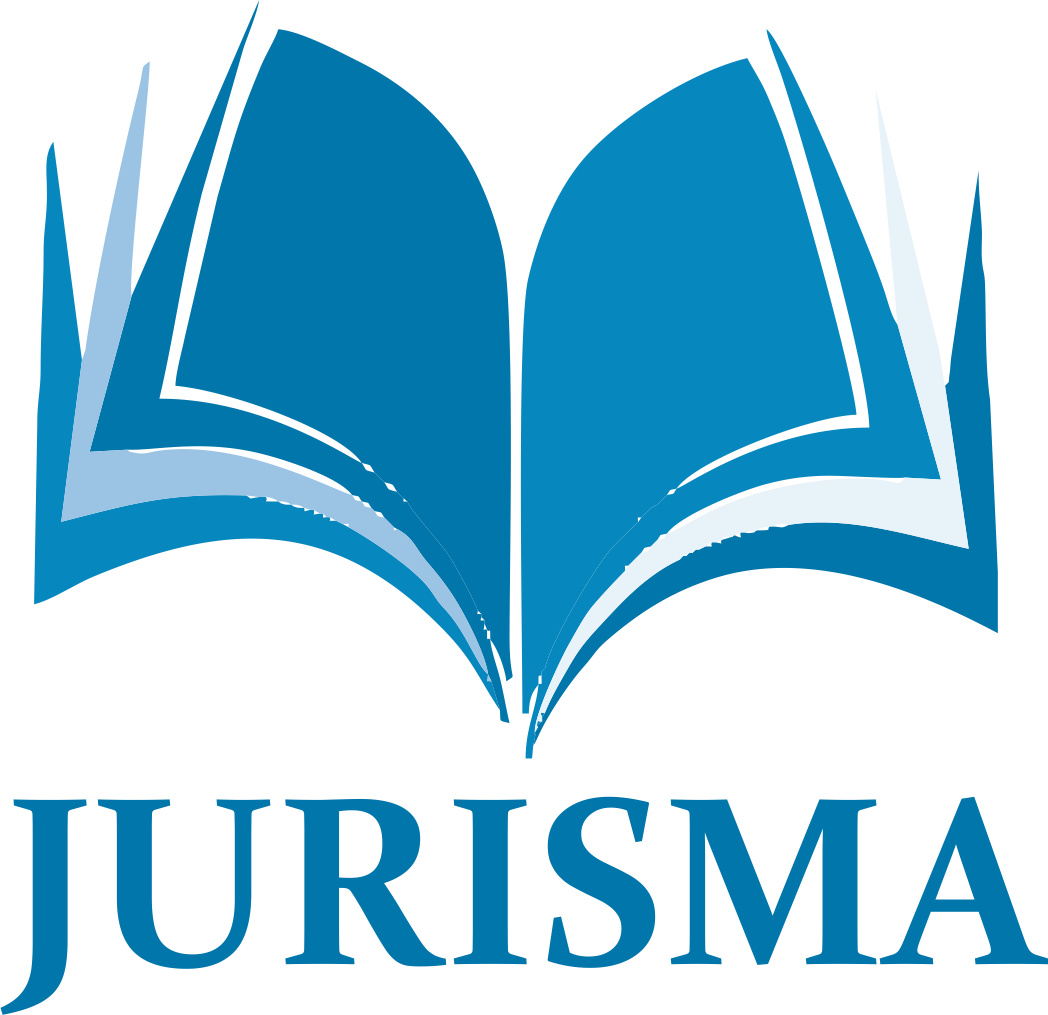Accreditation

PEER REVIEW PROCESS
Some policies in the review of JURISMA : Jurnal Riset Bisnis dan Manajemen :
The response of the reviewers will be the basis for the Editor to conclude:
An article was rejected for publication due to various considerations, including:
We are committed to prompt evaluation and publication of fully accepted articles in JURISMA: Jurnal Riset Bisnis dan Manajemen (E-ISSN: 2338-929X, P-ISSN: 2086-0455). To maintain a high-quality publication, all submissions undergo a rigorous review process.
We only publish articles that have been reviewed and approved by highly qualified researchers with expertise in a field appropriate for the article. We used a double-blind peer-reviewing process. Detailed information about the flow for the manuscript submission (author) to the acceptance by the editor is shown in the following figure.

In short, the steps are:
Steps point number 1 to 5 is considered as 1 round of the peer-reviewing process (see the grey area in the figure). And, our reviewing process at least goes through 2 rounds of reviewing process.
The journal editor or editorial board considers the feedback provided by the peer reviewers and arrives at a decision. The following are the most common decisions:
Note:
There is no communication between authors and editors concerning the rejection decision.
Authors whose papers are rejected will be informed of the reasons for the rejection.
Accreditation



Published by the Program of Management (Program Studi Manajemen, Fakultas Ekonomi dan Bisnis)
Universitas Komputer Indonesia, Bandung, Indonesia
Jln. Dipati Ukur No. 112-114, Bandung, Indonesia 40132
Website: http://ojs.unikom.ac.id/index.php/jurisma
Email: jurisma@email.unikom.ac.id
This Journal is licensed under a Creative Commons Attribution-ShareAlike 4.0 International License
